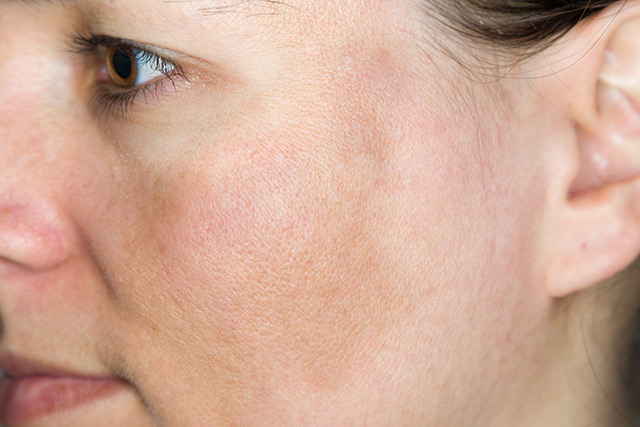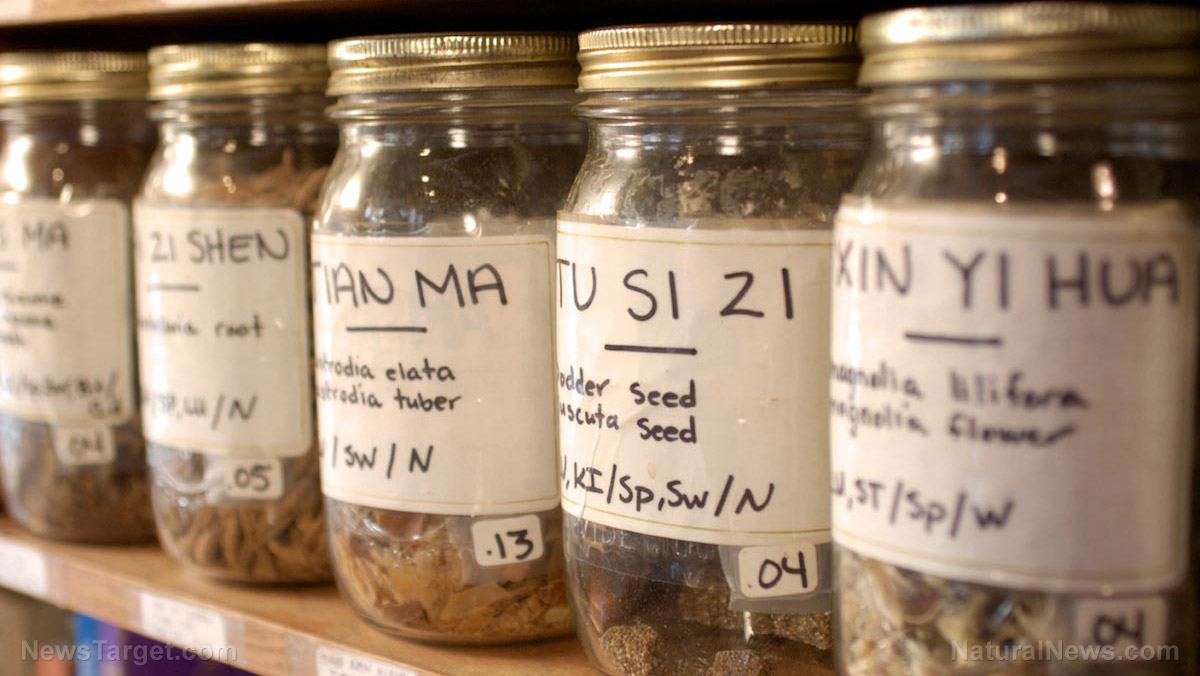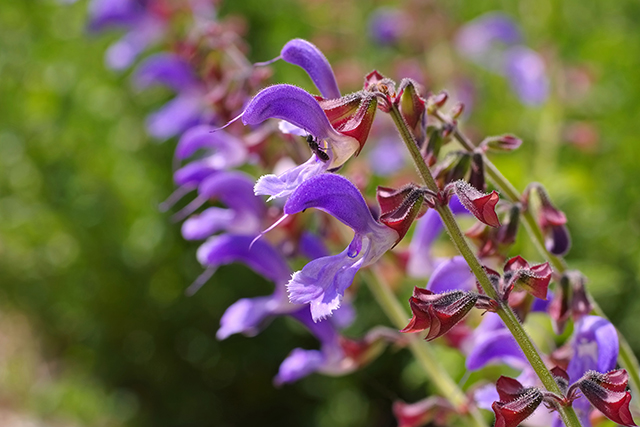Scientists study the biological potential of the Quercus dilatata
10/16/2018 / By Ralph Flores

Researchers have discovered that Quercus dilatata (commonly known as the moru oak), a medicinal tree found in the Himalayas, could be used to fight chronic diseases such as cancer and diabetes. The study, which was published in BMC Complementary and Alternative Medicine, examined the antioxidant, cytotoxic, protein kinase inhibitory, antileishmanial and glucose modulatory properties of Q. dilatata using multiple assays.
- To determine the number of phenols and flavonoids present in Q. dilatata, researchers used a colorimetric analysis. Likewise, polyphenolic content was identified using reversed-phase high-performance liquid chromatography (RP-HPLC).
- Multiple assays were used to test the cytotoxicity of Q. dilatata in human cancer cell lines: These included brine shrimp (Artemia salina) lethality, SRB, and MTT. The MTT assay was also used to determine the antileishmanial activity of the plant.
- An ?-amylase inhibition assay measured glucose modulation levels, while protein kinase inhibitory activity and antifungal spectrum were assessed using a disc diffusion assay.
- Researchers found that Q. dilatata contained phenolic metabolites such as pyrocatechol, gallic acid, catechin, chlorogenic acid, p-coumaric acid, ferulic acid, and quercetin. In addition, Q. dilatata extract in methanol-acetate displayed the highest antioxidant activity from the samples.
- The brine shrimp toxicity assay indicated that Q. dilatata had high cytotoxicity, with the chloroform-methanol extract showing the highest cytotoxicity against THP-1 cells. The extracts were also found to moderately prevent the spread of liver cancer, based on the Hep G2 cell line.
- They also found that Q. dilatata extracts could exhibit a wide range of activity: Methanol extracts showed considerable inhibitory activity against the Streptomyces 85E strain, while chloroform extract had the highest anti-diabetic activity from the ?-amylase inhibition assay. Moreover, Q. dilatata in ethyl acetate-acetone extract was noted to be most effective against leishmaniasis. The extracts also demonstrated moderate antifungal activity.
The findings suggest using a multiple-solvent system for Q. dilatata to be used as a novel treatment for cancer, diabetes, and leishmaniasis.
Journal Reference:
Ahmed M, Fatima H, Qasim M, Gul B, Ihsan-Ul-Haq. POLARITY DIRECTED OPTIMIZATION OF PHYTOCHEMICAL AND IN VITRO BIOLOGICAL POTENTIAL OF AN INDIGENOUS FOLKLORE: QUERCUS DILATATA LINDL. EX ROYLE. BMC Complementary and Alternative Medicine. 2017;17(1). (386). DOI: 10.1186/s12906-017-1894-x
Tagged Under: alternative medicine, Antifungal, antioxidants, cancer, diabetes, flavonoids, herbal medicine, Herbs, Himalayas, leishmaniasis, natural cures, natural medicine, phenols, Quercus dilatata, remedies


















